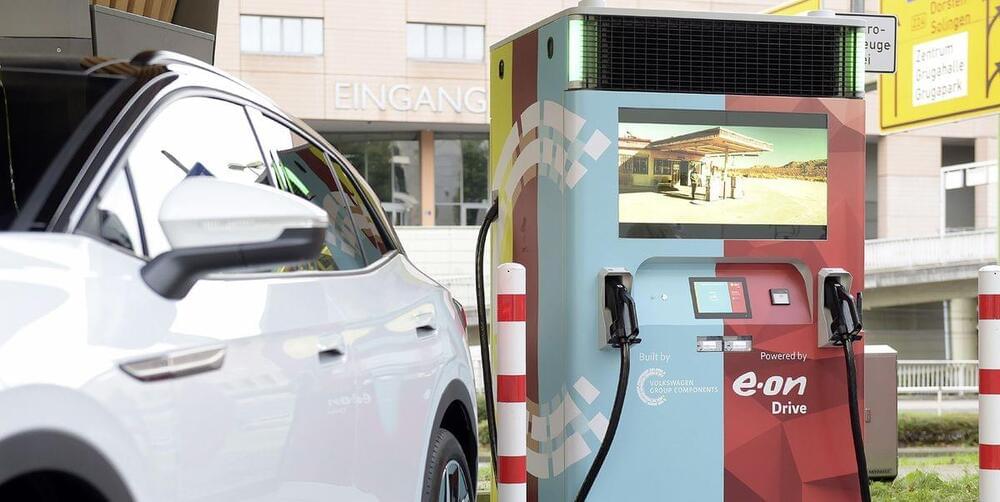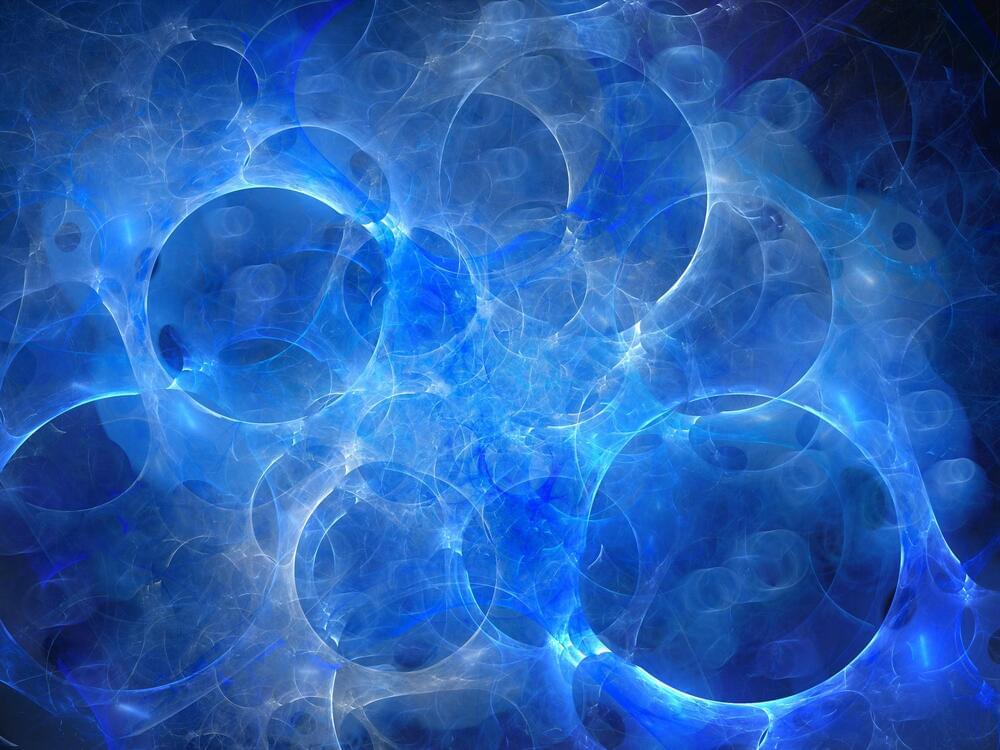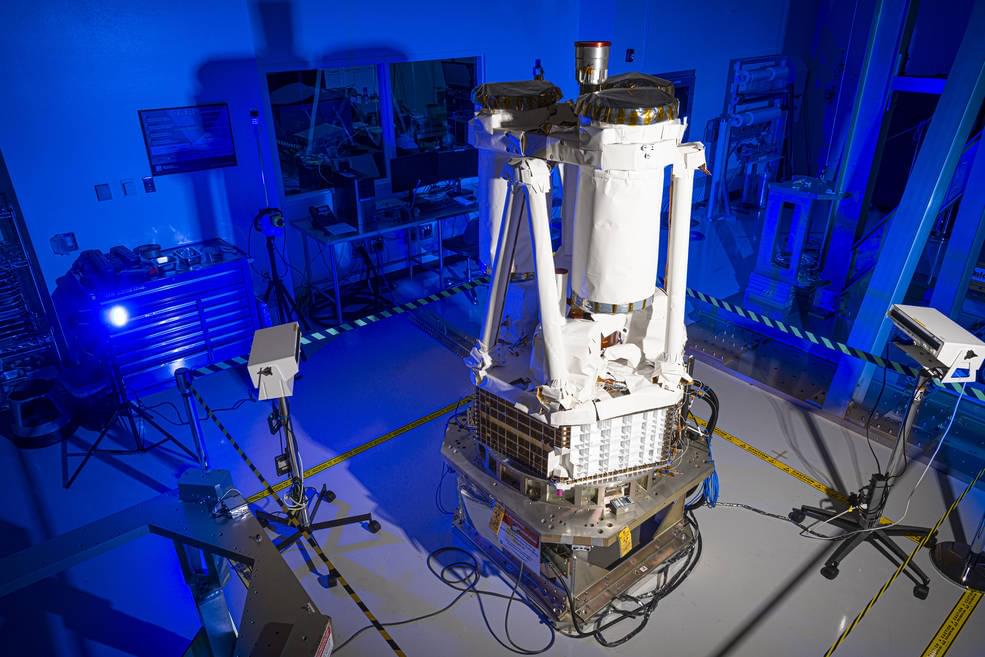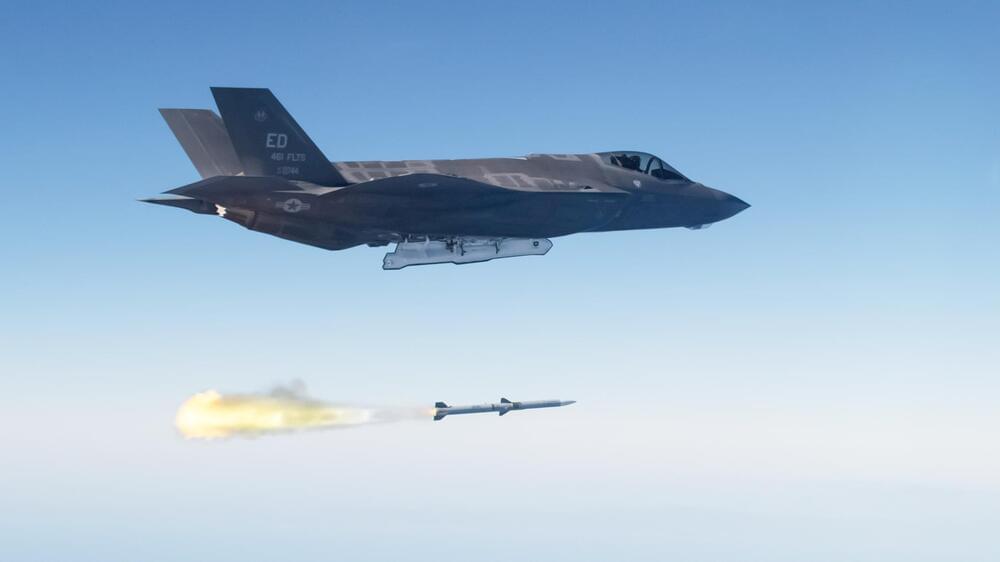DNA has the capacity to store large amounts of information for very long durations. This protocol describes encoding of digital files as DNA and the error-free retrieval of the stored data from the sequenced data.
Working with electric utilities is one of the more time consuming parts of building new charging stations, as quite a lot of infrastructure work and planning goes into building an EV station, as the local grid has to be taken into account in such projects.
But what if electric utilities weren’t involved at all, and a station could just be delivered on a flatbed truck with a forklift?
That’s the promise of a fast-charging station dubbed Drive Booster, developed by E.ON and Volkswagen that was just opened for use in Essen, Germany. The concept behind it is quite simple: Instead of drawing power directly from the grid, the charger has its own integrated battery, and draws power from a normal power connection found in any supermarket, like a soda machine or other large appliance. The charger can juice up two EVs at once at speeds of up to 150 kW, giving them enough range in 15 minutes to travel 124 miles.
Go to http://brilliant.org/Undecided to sign up for free. And also, the first 200 people will get 20% off their annual premium membership. As revolutionary as plastics were for changing the course of manufacturing forever, 91% of plastics aren’t recycled. There has to be a better solution. In a previous video I covered how mycelium fungus may be a viable plastic replacement, but there’s another solution starting to bloom… Algae. And it’s showing up in a place you might not expect… your feet. What if I told you we could wear plastic-free flip flops made from algae?Watch Is Mycelium Fungus the Plastic of the Future? https://youtu.be/cApVVuuqLFY?list=PLnTSM-ORSgi4dFnLD9622FK77atWtQVv7Video script and citations:
https://undecidedmf.com/episodes/why-algae-may-be-the-plasti…eFollow-up podcast:
Video version — https://www.youtube.com/channel/UC4-aWB84Bupf5hxGqrwYqLA
Audio version — http://bit.ly/stilltbdfm.
👋 Support Undecided on Patreon!
https://www.patreon.com/mattferrell.
⚙️ Gear & Products I Like.
Tesla and smart home gear:
https://kit.co/undecidedmfUndecided Amazon store front:
http://bit.ly/UndecidedAmazonFun, nerdy t-shirts:
http://bit.ly/UndecidedShirtsAbstract Ocean Tesla Accessories:
15% Discount — Code: “Undecided“
http://bit.ly/UndecidedAOJeda Tesla Wireless Charger/USB Hub:
http://bit.ly/UndecidedJedaTesla Referral Code:
Get 1,000 free supercharging miles.
or a discount on Tesla Solar & Powerwalls.
https://ts.la/matthew84515Visit my Energysage Portal:
Research solar panels and get quotes for free!
http://www.energysage.com/p/undecided/Or find community solar near you:
https://communitysolar.energysage.com/?rc=p-undecided.
👉 Follow Me.
https://twitter.com/mattferrell.
https://twitter.com/undecidedMFInstagram.
https://www.instagram.com/mattferrell.
https://www.instagram.com/undecidedmfFacebook.
https://www.facebook.com/undecidedMF/Website.
https://undecidedmf.com.
📺 YouTube Tools I Recommend.
Audio file(s) provided by Epidemic Sound.
http://bit.ly/UndecidedEpidemicTubeBuddy.
https://www.tubebuddy.com/undecidedVidIQ
https://vidiq.com/undecided.
I may earn a small commission for my endorsement or recommendation to products or services linked above, but I wouldn’t put them here if I didn’t like them. Your purchase helps support the channel and the videos I produce. Thank you.
Endless Creation Out of Nothing
Posted in futurism
Know Labs’ glucose monitors are both powered by its Body-Radio Frequency Identification, or Bio-RFID, technology. The Bio-RFID sensors emit radio waves to measure specific molecular signatures in the blood through the skin, calculated using spectroscopy.
“We know that not all people with diabetes are looking for a wearable continuous glucose monitoring device to manage their diabetes. Some simply want to replace the painful, inconvenient and expensive fingersticks they currently rely on,” said CEO Phil Bosua, who invented the Bio-RFID technology. “The Bio-RFID sensor we currently use for our internal product testing fits in your pocket and is ready for final use, so we decided to create the KnowU as a portable, affordable and convenient alternative requiring no disposable items, such as test strips and lancets.”
In vitro tests have found that the radiofrequency sensor technology was able to measure glucose levels with accuracy comparable to that of Abbott’s Freestyle Libre continuous glucose monitor, which uses a sensor attached to the back of the arm for up to two weeks at a time. According to a 2018 study (PDF) comparing the two, 97% of the UBand’s readings were within 15% of the values calculated by Abbott’s device.
The launch of the Imaging X-Ray Polarimetry Explorer (IXPE) observatory is now targeting December 13 2021, onboard a SpaceX Falcon 9 rocket from the Kennedy Space Center in Florida. The IXPE X-Ray observatory is the latest spacecraft in NASA’s historic Small Explorers (SMEX) program.
The IXPE mission was first selected as a part of the Explorers program in January 2017. NASA awarded the IXPE team $188 million for the spacecraft and mission, including the cost of the launch vehicle, post-launch operations, and data analysis. The spacecraft will be used to study Black Holes and other cosmic X-ray mysteries.
Built by Ball Aerospace at facilities in Boulder, Colorado, the IXPE spacecraft is based on the Ball Configurable Platform (BCP)-100 satellite bus. The BCP-100 is one of Ball Aerospace’s offerings for a modular satellite bus for low-Earth orbit (LEO) operations. It was most recently used by NASA’s Green Propellant Infusion Mission (GPIM) to test a new type of Green propellant for space operations.
Um wut o.o!!!
What’s beyond the edge of the universe we live in? It’s difficult to say.
– SciTechDaily o.o!!!!
Dark energy, the mysterious force that causes the universe to accelerate, may have been responsible for unexpected results from the XENON1T experiment, deep below Italy’s Apennine Mountains.
A new study, led by researchers at the University of Cambridge and reported in the journal Physical Review D, suggests that some unexplained results from the XENON1T experiment in Italy may have been caused by dark energy, and not the dark matter the experiment was designed to detect.
“It was surprising that this excess could in principle have been caused by dark energy rather than dark matter. When things click together like that, it’s really special.” —
Hyundai has already achieved this feat emphatically with the brilliant and much-loved Ioniq 5. It’s a car with more charm than just about every Hyundai ever made before it, and now comes Kia’s response. And I won’t waste your time: It’s absolutely brilliant.
Everything we admire about Kias of old remains with the new EV6: The pricing is competitive, the standard equipment is ample, the range, while perhaps no longer segment-leading, is more than enough for any use case, and the car is littered with small, thoughtful touches designed to make your life a little easier. But on top of that, and unlike the brilliant e-Niro, it looks fantastic, it’s enjoyable to drive, and the interior is exquisite. It’s comparable more to high-end e-SUVs like the I-Pace and EQC than the ID.4s and Mustang Mach-Es that it’s closer to in price.
Kia says that 10 years from now, we’ll look back at the EV6 as the car that transformed the brand. And having spent a day with one, I wholeheartedly agree.
Boeing displayed a Long-Range Air-to-Air Missile (LRAAM) concept at the annual Air, Space, and Cyber Conference in National Harbor, Maryland, this week.
The two-stage missile reportedly has a “kill vehicle” attached atop a rear booster section. The end of the missile is ejected after the initial burst, igniting the front section and propelling it to the target.
According to War Zone, Boeing began development of the concept in response to the US Air Force Research Laboratory (AFRL) Broad Area Announcement (BAA) last year requesting novel solutions for faster, longer-range air-to-air missile development.









